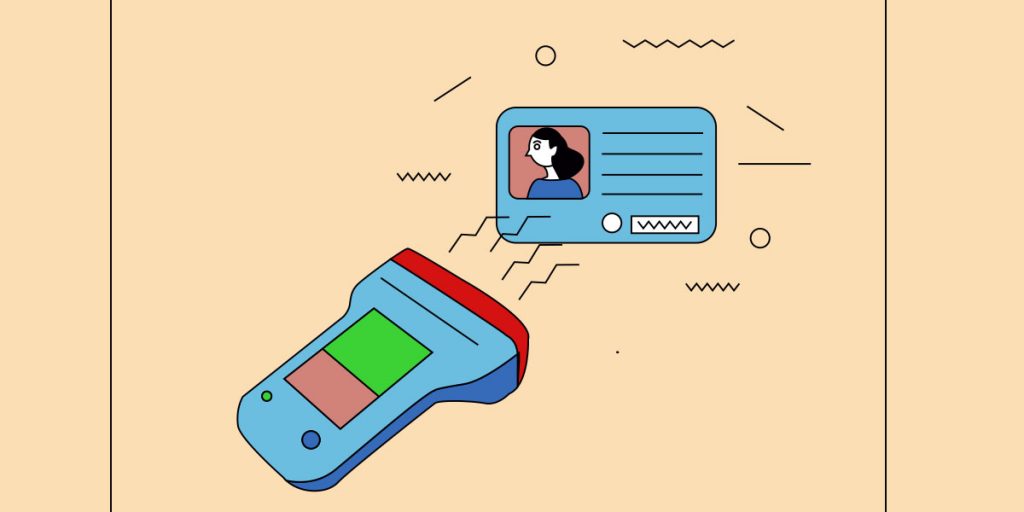In an effort to reduce underage drinking in New York state, the Office of Alcoholism and Substance Abuse Services (OASAS) awarded $2.5 million to 20 SUNY and CUNY colleges throughout the state on May 1, 2017. Binghamton University has partnered with OASAS to utilize a $19,500 grant to gather data and look into new approaches to deter underage drinking, administered through the Town-Gown Advisory Board’s (TGAB) Dangerous Drinking/Underage Drinking subcommittee.
The proposed study would research the use of fake IDs in Downtown Binghamton. The grant money would also fund the implementation of ID scanners at local bars, some of which already use scanners during popular nights and later hours of the evening.
Miesha Marzell, an assistant professor of social work in the College of Community and Public Affairs (CCPA) and co-investigator for the OASAS grant, said she has helped reach out to bar and business owners that she met on the Binghamton Campus and Community Coalition (BCCC) to find out the best approach for this study.
“We are still in the beginning stages of this study,” Marzell said. “It is still a pilot study, but the reason we are targeting the use of fake IDs is that it is a problem statewide, not just in Broome County, and we want to implement technology that will hopefully identify these fakes. We don’t want underage drinkers to be in these locations and situations that can be dangerous to their physical and mental health, but most importantly their futures.”
The study will start by collecting data in the form of focus groups. Within the next couple of months, TGAB will be reaching out to bars to determine who may be interested in participating. Once the committee has enough feedback regarding any impediments or information surrounding the ID scanners, they will begin to research and assess three different scanners to see which is the most effective for the most reasonable price. Deputy Mayor Jared Kraham, co-chair of TGAB, said information and findings from the study will help local officials and University representatives find solutions to tackle fake IDs and underage drinking.
“We’re coming in to [the study] knowing that whether through technology or enforcement, we’re never going to have a perfect system,” Kraham said. “But we can learn more about these questions being raised: Are some fraudulent IDs making their way past certain types of ID scanners while being caught by others? What is it that we’re looking at? Are the majority of students who are drinking underage getting in without showing their IDs? Are they showing scannable ID? Are they showing expired IDs that wouldn’t scan? These are the types of questions that the study and the technology will hopefully answer.”
The study has similar goals to another campaign at BU conducted as a part of the Needs Assessment for the OASAS College Environmental Prevention Grant that focuses on deterring underage drinking. That campaign includes #whoknew flyers that have been placed around campus, highlighting information from a survey on alcohol consumption.
“We have used many other methods to deter underage drinking, such as a small social-norms campaign going on right now and the development of the [BCCC],” Marzell said. “There are a lot of different strategies that have been going on around campus that we hope to continue to develop with the same goal in mind, which is to create a safe campus for all students.”
Alyssa Ciniglio, a sophomore majoring in human development, said the scanners could be a good thing, but could also negatively affect students and the community.
“I feel like the implementation of ID scanners is a really good idea as a whole — especially because underage drinking is already a dangerous choice — but I am concerned it would make things more unsafe as students will be forced to look for riskier options, such as frat parties,” Ciniglio said. “A lot of underage drinkers go to bars because it is a more contained environment with security — but when that is no longer an option, more dangerous situations will present themselves.”
According to Marzell, the study should provide a better understanding of the use of fake IDs among underage drinkers as well as reactions from bars and local businesses. Thomas Nicolino, a junior majoring in computer engineering, said he is excited to hear about the findings and how they could be put to good use.
“I don’t think the bars do a pretty good job right now; it is definitely something to invest in,” Nicolino said. “It is rare that anybody who is clearly underage gets denied from going in, so I think it’s important for the safety of students and a good use of the grant money.”



